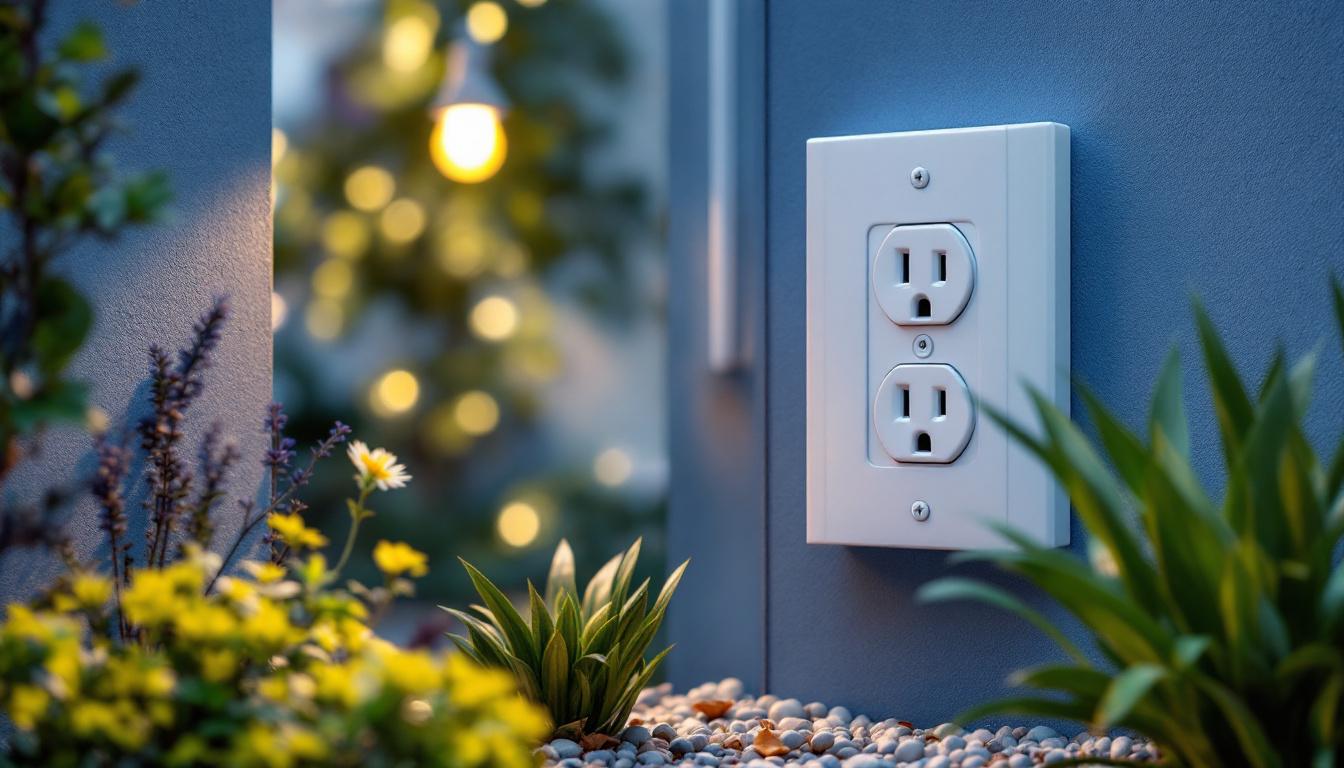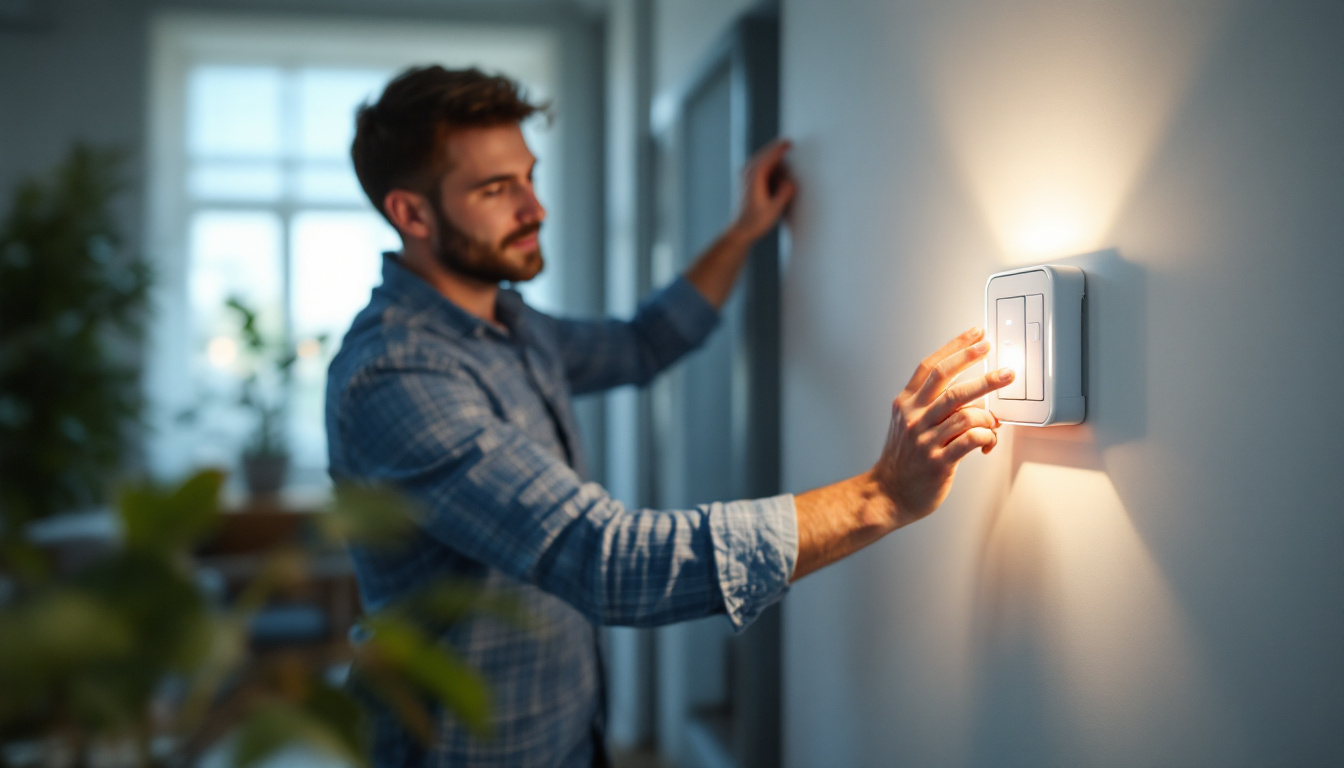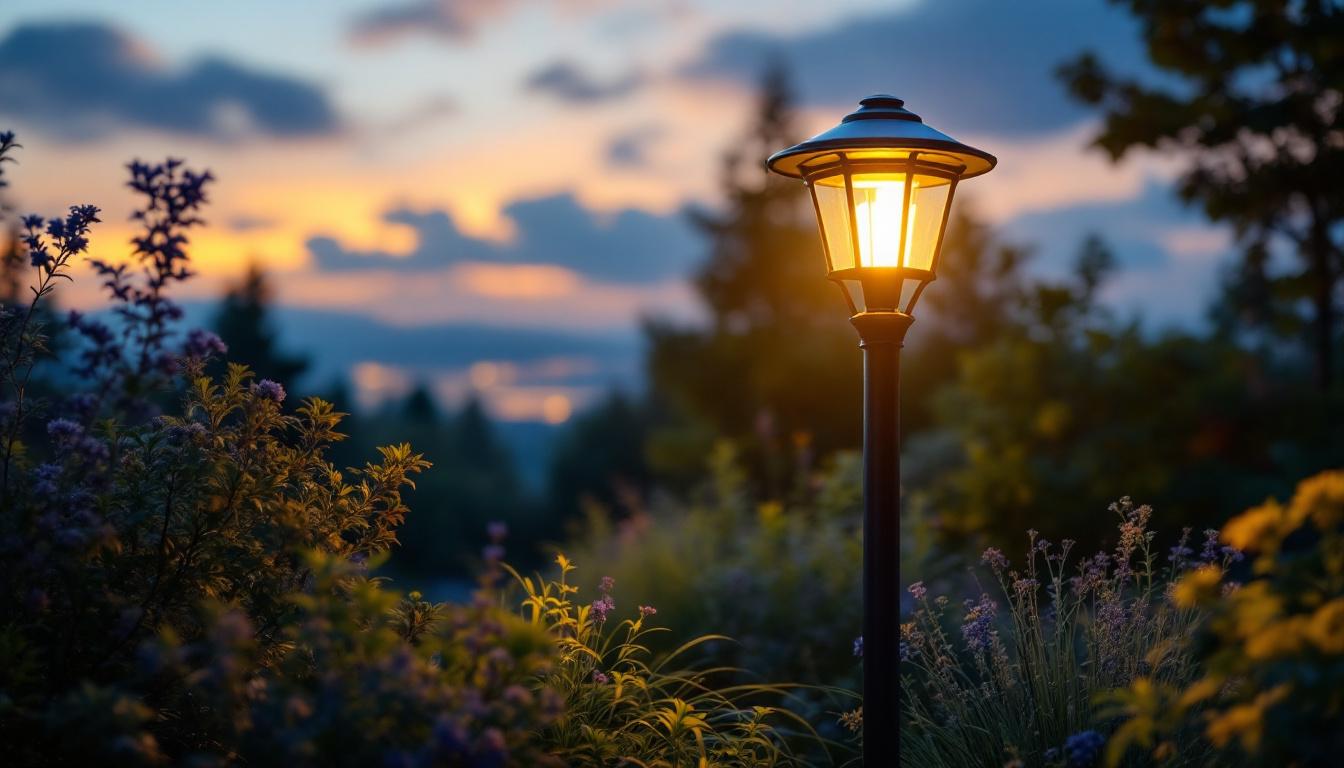
Fluorescent light fixtures have long been a staple in kitchen lighting, primarily due to their energy efficiency and bright illumination. These fixtures utilize a gas-filled tube that produces light when an electric current passes through it. This technology has evolved over the years, offering various options suitable for different kitchen designs and requirements. The introduction of compact fluorescent lamps (CFLs) and linear fluorescent tubes has expanded the choices available for homeowners and designers alike, allowing for more tailored lighting solutions that meet specific needs.
For lighting contractors, understanding the characteristics of fluorescent fixtures is essential. They are available in various sizes and shapes, including linear tubes and compact forms, making them versatile for different applications. However, the decision to use fluorescent lights should also consider factors such as aesthetics, energy consumption, and longevity. Additionally, the installation process can vary significantly depending on the type of fixture chosen, necessitating a thorough understanding of both electrical requirements and the physical space available in the kitchen.
One of the most significant advantages of fluorescent lighting is its energy efficiency. Compared to traditional incandescent bulbs, fluorescent lights consume significantly less energy, which can lead to substantial savings for homeowners over time. Additionally, these fixtures typically have a longer lifespan, often lasting up to 10,000 hours or more, which reduces the frequency of replacements. This longevity not only contributes to cost savings but also minimizes the environmental impact associated with frequent bulb disposal.
However, it is crucial to note that while fluorescent lights are efficient, they can also be sensitive to temperature fluctuations. In colder environments, their performance may diminish, which is an important consideration for kitchen settings that may experience varying temperatures. Furthermore, the initial warm-up time for some fluorescent bulbs can be a drawback, as they may not reach full brightness immediately. This characteristic can be particularly noticeable during early morning cooking sessions or late-night meal preparations when instant illumination is desired.
Fluorescent fixtures have evolved in design, moving beyond the utilitarian look of the past. Modern options include sleek, minimalist designs that can complement contemporary kitchen aesthetics. Lighting contractors should be aware of the different styles available, such as recessed fixtures or surface-mounted panels, which can provide a clean and unobtrusive look. Moreover, decorative fluorescent fixtures that mimic the appearance of traditional lighting styles are now available, allowing homeowners to achieve a cohesive design while still benefiting from the efficiency of fluorescent technology.
However, the harshness of fluorescent light can sometimes create an uninviting atmosphere. Therefore, it is essential to balance functionality with aesthetics by considering the color temperature and brightness of the fixtures. Warmer tones can create a more inviting environment, making it crucial to select the right type of fluorescent bulb. Additionally, the use of dimmable fluorescent options can further enhance the versatility of kitchen lighting, allowing homeowners to adjust the ambiance according to the time of day or the nature of the activity, whether it be cooking, dining, or entertaining guests.
While fluorescent fixtures have their benefits, there are several alternatives that lighting contractors should consider when designing kitchen lighting. Each option has unique characteristics that may better suit specific client needs or preferences.
LED (Light Emitting Diode) lighting has gained immense popularity in recent years, primarily due to its superior energy efficiency and versatility. LEDs consume even less energy than fluorescent lights and can last up to 25,000 hours or more. This longevity, combined with lower energy costs, makes LEDs an attractive option for both contractors and homeowners.
Moreover, LEDs are available in a wide range of color temperatures, allowing for greater customization in kitchen lighting design. They can also be dimmed, providing flexibility in creating different moods and atmospheres. However, it is essential to ensure that the LED fixtures chosen are compatible with existing dimming systems, as not all LEDs are dimmable. In addition, the compact size and design flexibility of LEDs enable them to be integrated into various fixtures, from sleek recessed lights to decorative pendant lamps, enhancing the overall aesthetic of the kitchen.
Furthermore, many LED products now come with smart technology features, allowing homeowners to control their lighting remotely via smartphone apps or voice-activated systems. This integration not only adds convenience but also allows for energy monitoring, helping users make more informed decisions about their energy consumption. As the technology continues to evolve, the options for LED lighting are becoming increasingly sophisticated, making them a top choice for modern kitchen designs.
While incandescent and halogen bulbs are less energy-efficient compared to fluorescent and LED options, they still have their place in kitchen lighting. These bulbs provide a warm, inviting glow that many homeowners prefer. Halogen bulbs, a type of incandescent, are slightly more efficient and have a longer lifespan, making them a viable option for specific applications.
However, the heat generated by these bulbs can be a concern in kitchen environments, particularly in areas where food is prepared. Additionally, their shorter lifespan and higher energy consumption compared to fluorescent and LED options may not align with the energy-saving goals of many homeowners. Despite these drawbacks, the quality of light produced by incandescent and halogen bulbs is often praised for its ability to render colors more accurately, which can be particularly beneficial in kitchens where food presentation is key.
Moreover, the nostalgic appeal of incandescent lighting cannot be overlooked. Many homeowners appreciate the classic look of traditional bulbs, and they can be an excellent choice for vintage or rustic kitchen designs. The warm light creates an inviting atmosphere, perfect for family gatherings or entertaining guests. When considering these bulbs, it is essential to balance aesthetic preferences with energy efficiency, ensuring that the chosen lighting solution meets both functional and stylistic needs in the kitchen space.
When selecting the appropriate lighting for kitchens, several factors come into play. Lighting contractors must evaluate the specific needs of their clients, the kitchen layout, and the desired ambiance.
Kitchens require a combination of task lighting and ambient lighting to ensure functionality and comfort. Task lighting is essential for areas where food preparation occurs, such as countertops and islands. Fluorescent fixtures can serve well in these areas, providing bright, even illumination.
On the other hand, ambient lighting creates a warm and inviting atmosphere in the kitchen. This can be achieved through pendant lights, chandeliers, or recessed lighting. Contractors should aim for a balance between task and ambient lighting to create a well-lit, functional space.
Understanding the lifestyle and preferences of clients is crucial in selecting the right lighting solutions. Some homeowners may prioritize energy efficiency and longevity, while others may focus on aesthetics and warmth. Engaging in a thorough consultation can help contractors tailor their recommendations to meet individual needs.
Additionally, the kitchen’s design style can influence lighting choices. A modern kitchen may benefit from sleek LED options, while a more traditional space might call for classic incandescent or halogen fixtures. Taking the time to understand these nuances can lead to more satisfied clients and successful projects.
Proper installation is critical in ensuring that kitchen lighting performs optimally. Lighting contractors should be well-versed in the installation requirements for various fixtures, including fluorescent, LED, and incandescent options.
Different types of lighting fixtures may have varying wiring and electrical requirements. For instance, LED fixtures often require specific drivers or transformers, while fluorescent lights may need ballast for proper operation. Understanding these requirements is essential to avoid complications during installation.
Moreover, ensuring that the electrical system can handle the load of the new fixtures is crucial. Contractors should assess the existing wiring and make necessary upgrades to accommodate the new lighting solutions, ensuring safety and compliance with local codes.
The placement and layout of lighting fixtures can significantly impact the overall effectiveness of kitchen lighting. Lighting contractors should consider factors such as the kitchen’s layout, the height of ceilings, and the locations of work areas when determining fixture placement.
For example, placing task lighting directly above work surfaces can enhance visibility and functionality. In contrast, ambient lighting should be distributed evenly to avoid dark spots. A well-thought-out layout can create a harmonious and efficient lighting scheme that meets the needs of the space.
Once the lighting fixtures are installed, ongoing maintenance is essential to ensure they continue to perform effectively. Different types of fixtures may require different maintenance approaches.
Fluorescent and LED fixtures typically require minimal maintenance, but regular cleaning is essential to maintain their brightness and efficiency. Dust and grime can accumulate on fixtures, reducing their output and affecting the overall lighting quality. Contractors should advise clients on proper cleaning techniques and schedules to keep their kitchen lighting in optimal condition.
For incandescent and halogen bulbs, replacement may be necessary more frequently due to their shorter lifespan. Encouraging clients to keep spare bulbs on hand can help minimize downtime when a bulb burns out.
As technology advances, lighting contractors should stay informed about new products and innovations in the market. Upgrading existing fixtures to more energy-efficient options, such as retrofitting fluorescent fixtures with LED tubes, can provide clients with enhanced performance and savings.
Contractors should also educate clients about the benefits of upgrading their lighting systems, including improved energy efficiency, better light quality, and reduced maintenance costs. This proactive approach can lead to long-term client satisfaction and loyalty.
Choosing the right kitchen lighting is a critical decision that can impact both functionality and aesthetics. While fluorescent light fixtures have been a traditional choice, the rise of alternatives such as LED and modern incandescent options presents new opportunities for lighting contractors.
Ultimately, the best choice will depend on the specific needs of the client, the kitchen’s design, and the desired ambiance. By considering factors such as energy efficiency, aesthetics, and maintenance, lighting contractors can make informed decisions that enhance the overall kitchen experience.
Staying updated with the latest trends and technologies in lighting will empower contractors to provide exceptional service and solutions that meet the evolving demands of their clients. In a world where energy efficiency and design are paramount, making the right lighting choices can set a contractor apart in a competitive market.
Ready to elevate your kitchen lighting projects with the finest selection of energy-efficient and stylish options? Look no further than LumenWholesale. We provide lighting contractors with the highest quality, spec-grade lighting products at unbeatable wholesale prices. Our extensive range is designed to meet the highest industry standards, ensuring you deliver reliable and high-performance lighting solutions to your clients. Plus, with free shipping on bulk orders, you can enjoy premium lighting at the best value — without hidden fees or compromises. Enhance your kitchen designs today and experience the perfect blend of quality, affordability, and convenience. Visit LumenWholesale for Wholesale Lighting at the Best Value.

Discover essential tips and expert advice for lighting contractors on selecting and installing outdoor outlet box covers.

Discover how commercial motion-activated light switches are revolutionizing lighting contractors’ projects by enhancing energy efficiency, reducing costs, and improving client satisfaction.

Discover the essential insights into Etherium that every lighting contractor should know.

Discover how outdoor solar lamp post lights can boost efficiency for lighting contractors, reduce costs by up to 50%, and enhance outdoor ambiance.